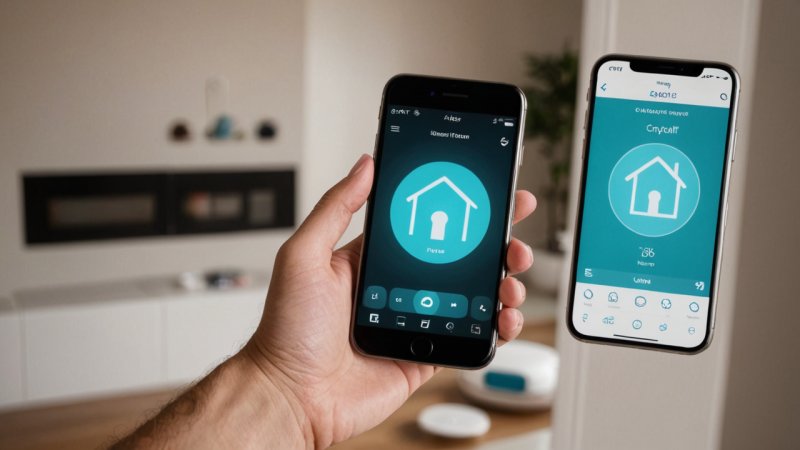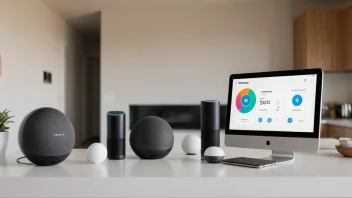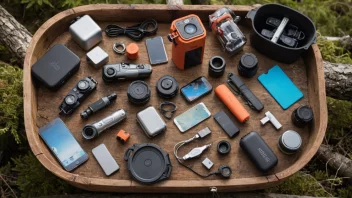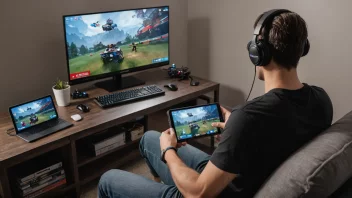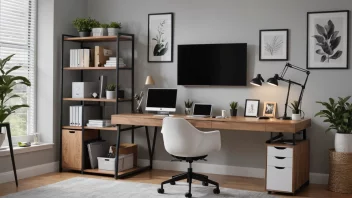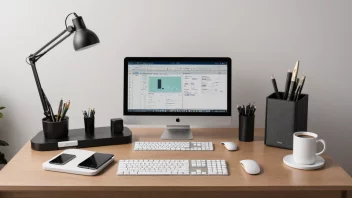In today’s tech-driven world, managing multiple smart home devices can become overwhelming. With an increasing number of gadgets, from smart lights to thermostats, homeowners often find themselves switching between numerous applications just to control their devices. However, the good news is that you can streamline and simplify your experience by managing your smart home devices with a single app. This article explores how you can consolidate your smart home management and enhance your daily routine.
The first step in achieving a unified smart home experience is ensuring that your devices are compatible with a central app. Popular options include Google Home, Amazon Alexa, and Apple HomeKit, each designed to integrate various smart devices from different manufacturers. Before purchasing new devices, always check their compatibility with your chosen app to avoid any future headaches.
Once you have your devices sorted, the next step is to set them up within the app. Most smart home applications offer an intuitive setup process that guides you through connecting each device. This usually involves downloading the app, creating an account, and following on-screen instructions to link your devices. During this process, it’s essential to ensure that all devices are connected to the same Wi-Fi network to facilitate seamless communication.
After setting up your devices, you can start organizing them within the app. Most smart home apps allow you to categorize devices by room or function, making it easier to manage them. For instance, you can group all living room devices together or categorize them by function, such as lighting, security, and climate control. This organization not only enhances usability but also provides a clearer overview of your smart home setup.
One of the most significant advantages of using a single app to manage your smart home devices is the ability to create routines and automation. Most applications support creating customized routines that can trigger multiple devices with a single command. For example, you could set a morning routine that automatically turns on your coffee maker, adjusts the thermostat, and opens the blinds when you wake up. This level of automation not only saves time but also enhances comfort and convenience in your daily life.
Additionally, using a single app allows for easy monitoring and control of your devices from anywhere. Whether you’re at work or on vacation, you can check the status of your devices and make adjustments remotely. This capability is particularly useful for security purposes, as you can monitor cameras and lock doors right from your smartphone. Knowing that you can manage your home while away provides peace of mind and enhances your overall security.
Lastly, integrating your smart home devices into a single app can improve energy efficiency. Many smart home apps provide insights into your energy usage, helping you identify patterns and make adjustments to save on your utility bills. For instance, you can schedule your smart thermostat to lower the temperature when you’re not home or set your smart lights to turn off automatically at night.
In conclusion, managing your smart home devices with a single app can significantly simplify your life. By selecting compatible devices, organizing them efficiently, creating routines, and monitoring your home remotely, you can enjoy the full benefits of a connected home. Embrace the convenience of modern technology and take control of your smart home today.
Streamline Your Smart Home with One App
Streamline your smart home experience by managing all devices from a single app for enhanced convenience and efficiency.
